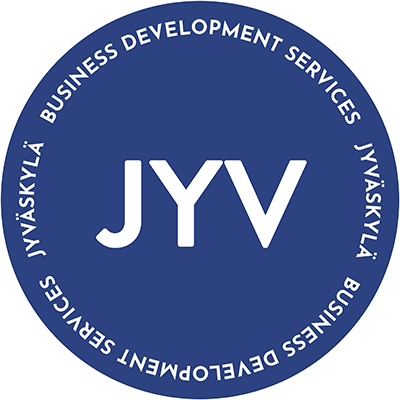The Hydrogen economy: Steps toward steady growth

The International Energy Agency (IEA) published its annual Global Hydrogen Review 2025 at the end of September 2025. The report did not bring anything new or groundbreaking, but it reinforced a picture I recognize: the hydrogen economy is growing, but its steps are still cautious, writes Tero Ijäs from Business Finland.
Demand for hydrogen is increasing, but almost exclusively from familiar sectors such as oil refining. Only a fraction comes from new uses. This mainly indicates that there are still too few operational production plants based on electrolysis.
At the same time, however, a phenomenon can be observed that gives reason for optimism: technology is developing rapidly throughout the entire value chain. Innovations are emerging now – not sometime in the distant future.
Still, investment decisions are slow to come. Although more than 200 investment decisions for low-carbon hydrogen production have been made globally since 2020, the pace has been slower than many hoped.
The same phenomenon can be seen in Finland: there are plenty of plans, few investment decisions, and some project cancellations have been announced. However, we have strengths I believe in affordable electricity, growing renewable energy capacity, stable structures, and significant reserves of biogenic carbon dioxide. On these, we can build a competitive advantage—if we dare to keep our eyes on the long game.
China Sets the Pace
China’s position in the hydrogen economy is strong. It dominates both the production and deployment of electrolysers. This underlines the nature of technological development in today’s world, where China’s large domestic market and political power create conditions for speed and scale that can feel unfair.
Globally, more than 3 gigawatts of electrolysers had been deployed as of July 2025, with China accounting for over 65 percent of that. China also holds more than 60 percent of the world’s electrolyser manufacturing capacity. How will Finland, Europe, and other Western countries respond?
Measures aimed at creating demand are now being implemented, albeit slowly.
Europe is a pioneer in setting hydrogen use quotas for transport and industry through the EU’s Renewable Energy Directive and aviation obligations. India (focusing on refining and fertilizers), as well as Japan and Korea (focusing on power generation), have also launched ambitious programs. The International Maritime Organization’s (IMO) new net-zero framework could accelerate the adoption of hydr
ogen-based fuels in maritime transport.
Can this become a winning advantage for Europe in the long game? Or will companies collapse under a lack of competitiveness before that?
Text: Tero Ijäs / Business Finland & Kasvu Open
Photo: Kasvu Open



